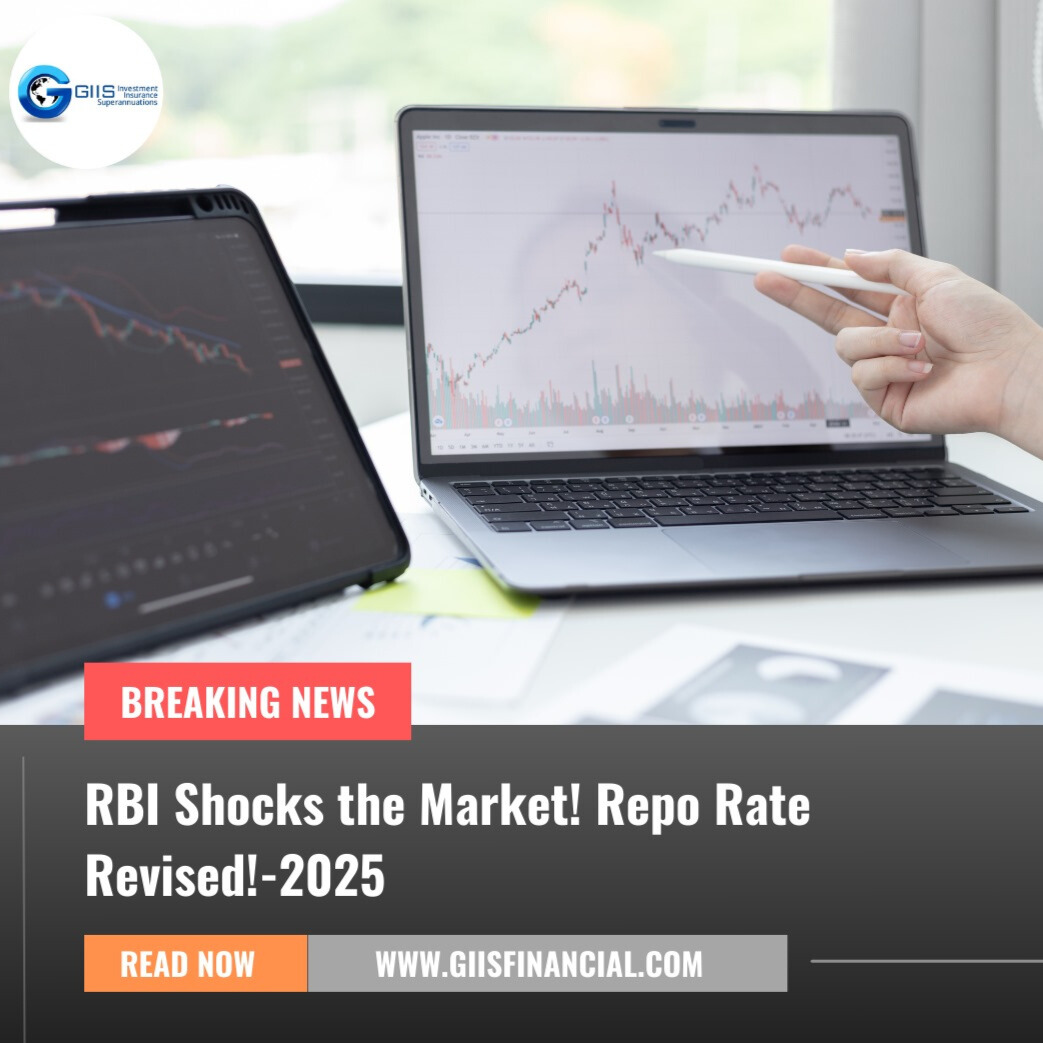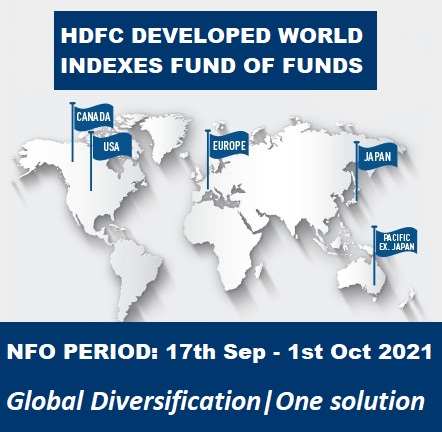
Pick the Right Debt fund Category for Your Portfolio!
Updated on 09-07-2020
The year of 2020 may have been unkind to many mutual funds and their investors, but there have been some that have survived the crisis quite well. Take the case of some categories of Debt funds (everything you need to know about debt funds). An unlikely winner over the past year or so, despite the massive credit crisis that affected many debt funds, is a special type of government securities (g-secs) funds. These are g-sec funds that come with a constant maturity profile; typically 10 years. Three of these schemes are in the top-10 in terms of returns among all debt funds over the 1 year period.
How do these schemes work?
These schemes invest a minimum of 80 %of their portfolio in government securities, such that the underlying duration of the scheme portfolio is equal to 10 years. Known more popularly as the Macaulay duration, this is the weighted average maturity of bonds in a portfolio, keeping all cash flows the underlying securities earn.
Here we have such schemes of mutual fund houses you can look forward to add to your portfolio:
|
Schemes |
1 year Returns |
|
|
IDFC Government Securities Fund - Investment Plan - Regular Plan - Growth |
14.42%
|
|
|
DSP Government Securities Fund - Regular Plan - Growth |
14.02% |
|
|
ICICI Prudential Gilt Fund - Growth |
13.49% |
|
|
SBI Magnum Gilt Fund - Growth |
13.05%
|
*Source of Data – Money Control
According to Value Research, in the past 1 year, these schemes have given 13.76 % returns on an average.
By investing in these schemes, investors may get exposure to long-term government bonds.
There is no restriction as such on the fund manager to maintain the duration of the portfolio. When interest rates fall, such gilt funds invest in longer maturity securities because these benefit the most in a falling interest rate scenario. When rates rise, the fund manager may choose to invest in government securities maturing in the short term to cushion the volatility.
These schemes also differ from long-duration funds, as such schemes invest in bonds in such a manner that the duration is above 7 years. There is no restriction on the credit rating or the issuer of the bond.
Conclusion:
G-secs are most suitable for conservative investors as they are partly risk free. If the interest rates go down, as they are now, the prices of long-term bonds increase and vice-versa as these funds perform well in a falling interest rate regime.
To make the most out of a gilt fund, you need to time your entry and exit a bit carefully. Ideally, you’re holding period and the maturity profile of the debt fund needs to match.
You can use GIIS Financial tools or Our Android App for Investment, tracking and Asset allocation planning.
*Mutual Fund Investments are subject to market risk, read all scheme related documents carefully.
Share On




















0
Comment